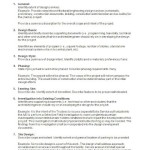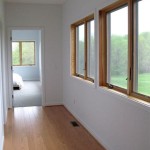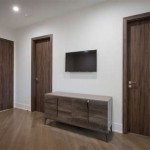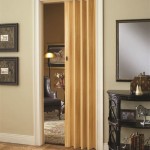Essential Aspects of Interior Design Photography
Interior design photography is a specialized field that requires technical proficiency, an eye for detail, and an understanding of interior design principles. Whether you're an aspiring professional or an enthusiast looking to enhance your skills, understanding the key aspects of this genre is crucial.
Composition and Framing
Like any form of photography, composition is paramount in interior design photography. Arranging elements within the frame to create a visually appealing and informative image is essential. Consider techniques such as the rule of thirds, leading lines, and the use of negative space to enhance the impact of your shots.
Lighting
Lighting is a crucial aspect that can make or break an interior design photograph. Natural light is often preferred for its ability to showcase natural colors and textures. However, artificial lighting can also be used effectively to create specific moods or accentuate details. Understanding how to manipulate lighting conditions is essential to capture the true essence of the space.
Perspective and Point of View
The perspective from which you capture an image can significantly impact the viewer's perception of the space. Experiment with different viewpoints, such as eye level, high-angle, or low-angle shots, to create a desired effect or highlight specific features.
Storytelling
Interior design photography should not merely document a space but also tell a story about the inhabitants, their preferences, and the overall atmosphere. Pay attention to the details, such as personal touches, artwork, and design elements, that contribute to the narrative. By capturing these elements, you can evoke emotions and create a connection between the viewer and the space.
Editing and Post-Processing
While capturing the perfect shot is crucial, post-processing can enhance the impact of your images. Basic adjustments such as color correction, contrast, and cropping can improve the overall presentation. However, avoid over-editing as it can compromise the authenticity of the space.
Professionalism and Ethics
As an interior design photographer, professionalism is paramount. Always respect the privacy and property of the clients you work with. Obtain necessary permissions before taking photographs, and maintain confidentiality regarding the details of the space. Additionally, ensure that your equipment and techniques are up to industry standards to deliver high-quality results.
By embracing these essential aspects, interior design photographers can create captivating images that accurately represent the beauty and functionality of interior spaces. Whether you're a novice or an experienced professional, continuous learning, experimentation, and a passion for the craft will help you excel in this specialized field.
:strip_icc()/BeccaInteriors-b7fab0cb3c4d41f6814ad2ed7325e2b0.jpg?strip=all)
6 Design Photographers We Love To Follow For Inspiration

27 Of The Best Interior Photographers Around World Lh Mag

What It Takes To Be A Good Interior Photographer

Importance Of Professional Photography For Interior Design Business Foyr

Will Ellis Photography Architecture And Interior Design Photographer New York City

Interior Photography Site Preparation 3 Essential Points For Consideration Zac And

Richard Powers Interior Design Photography

27 Of The Best Interior Photographers Around World Lh Mag

Will Ellis Photography Architecture And Interior Design Photographer New York City

Interior Photography Archives Aspire Design And Home








